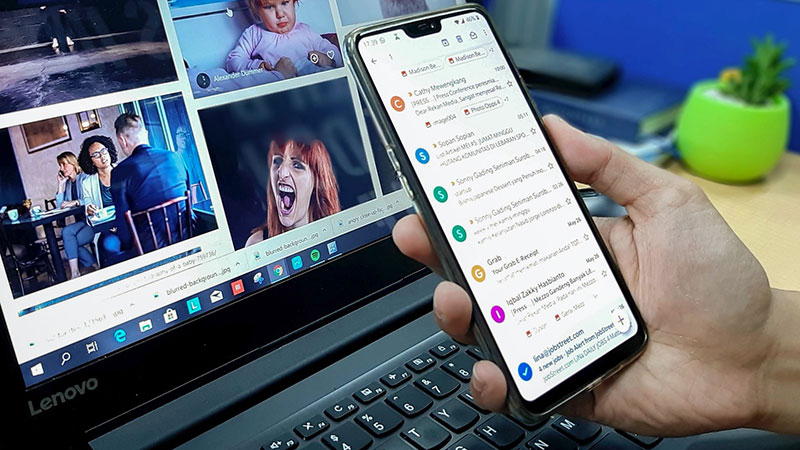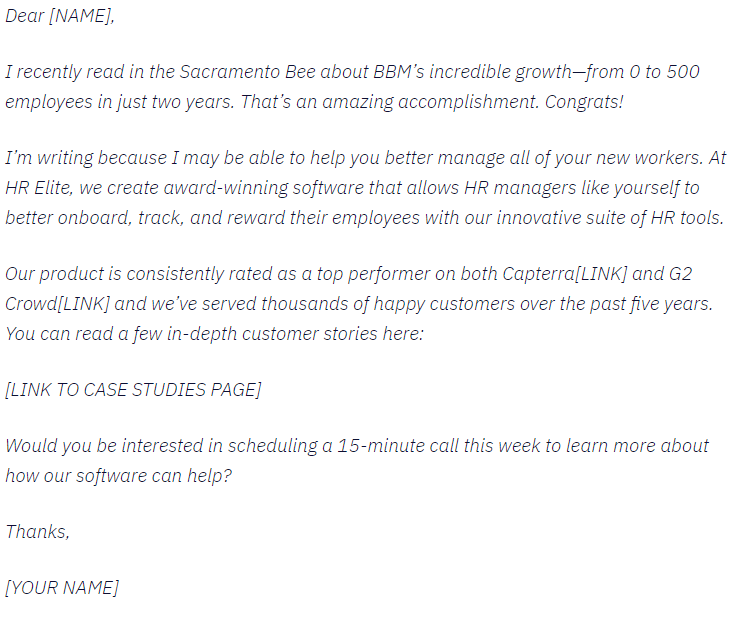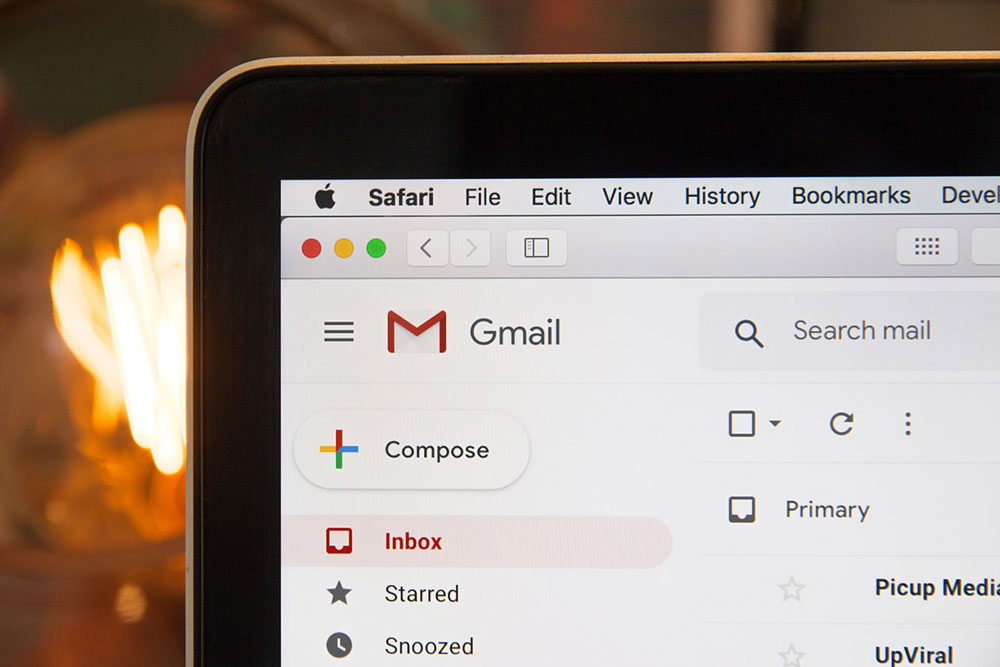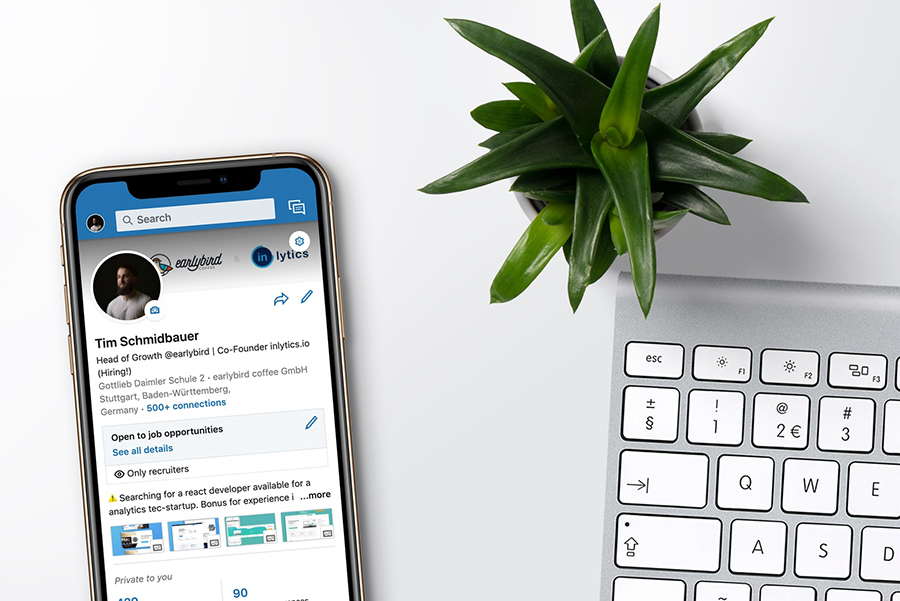In sales prospecting, sales reps make outbound calls. It is to create opportunities for account executives. Sales prospecting is an unstable process. Likewise, different data presents challenges to find the best outbound strategy.
On the one hand, you have a cold calling which has various expositions being a sales practice. On the other hand, warm calling serves as its proxy.
You might be wondering which one is better among the two. Cold calling and warm calling both have advantages and disadvantages.
This article will compare and contrast cold calling vs. warm calling. Furthermore, this article will enable you to have a better understanding of the two. This way, you will be knowledgeable on how you should use them in acquiring leads.
The Basics of Cold Calling
Businesses use cold calling to widen the range of the audience reached. The cold calling definition involves persuading more companies to get a service or product using this sales tactic. The target companies are those with the excellent capability of donating, using, or buying.
Both cold and warm emailing are useful in beginning talks with possible clients. This characteristic is homogenous of the two. These tactics may seem bothersome.
Still, they are part of the continuously changing techniques of lead generation. Notably, using all possible means of communication gains more clients.
More clients equate to better prospects or conversion. Cold tactics require forming an authentic bond with target clients. The clients' needs are the priority, and the products or services are the solutions.
The Best Methods of Cold Calling
To use cold calling vs. warm calling efficiently, you can use different methods and practices. These methods make cold calling more fulfilling and high-yielding.
Avoid Making Demands
No one likes receiving emails with multiple demands. Clients might perceive demands as a waste of time. With the uncertainty of its benefit, you should avoid making demands to your client.
Moreover, you are in the position of offering products and services. It is up to the receiver whether or not to accept your offer. With this, you should not be adding demands for them to make.
Present a Credible Background
Clients should have a reason to listen to what you want to say. It is crucial to mention a short introduction about yourself. Include your significance in the email. This information will serve as your foundation for the rest of the content.
Provide the Purpose of the Offer
Clients know that great offers have a purpose. It is inevitable for people to question why you are offering a good deal.
Therefore, it is your responsibility as a salesperson to disclose explanations concerning the deal. By providing the purpose of offers, your clients will also realize the value of your request.
Be Ready to be Rejected
Clients accept not all offers. Be prepared to encounter rejections along the way. It would be best if you willingly received these rejections as they are part of the experience.
Rejections will help you improve. Please note the things that might have led to the client's contradictions and learn from them.
Keep an Eye for Customer Churn
Lack of cautiousness might cause you to experience customer churn. You will lose present clients if you are busy looking for other potential clients.
Customer churn is a common mistake while using cold calling. It is notable for using policies to prevent attrition, which can prevent you from losing present clients. Additionally, it also helps in avoiding repetitive cold calling.
Exhaust Social Platforms

In the sales industry, it is important to exhaust all social platforms as much as possible. Businesses can widen their audience reach by using different social media platforms. Moreover, you can improve the process of sales with enhanced customer engagement.
Although maintaining a social platform can be more challenging, it ensures better communication. Increased number of clients leads to opportunities to offer your product or services.
The Basics of Warm Calling

On the contrary, warm calling from lead generation is more time-consuming. Still, it is used widely because of the increase in sales that it brings.
The warm email involves customization for each person. The salesperson serves as a professional that answers the client's concerns. Sales personnel should write each email, especially for the receiver.
Prospects have an interest in the case of the warm call. An illustration of this tactic is when clients accomplish lead forms. Lead forms are available on various websites where clients can view and modify them.
There are better sales in warm calling since sales personnel have more lead data. This data enables sales personnel to modify their pitch to be more suitable for each client. Moreover, clients with interest are more likely to listen to the sales team and accept offers.
There is an increased chance of sales with qualified leads. This lead has people who are more likely to purchase your products and services. Some of these clients use online search engines to look for products similar to those you offer.
The Best Methods of Warm Calling
To use warm calling efficiently, you can use different methods and practices. These methods make warm calling more productive.
Recognize Suitable Companies

Suitable companies are more likely to be retained as clients. Understanding your potential client’s background is crucial to recognizing possible buyers immediately.
You can also identify the characteristics of successful clients. Use this information as a basis for looking for suitable companies. This way, you have an idea of what to check in searching for potential clients.
Determine Target Audience
Do necessary research on your target audience. Knowing a background on the client's position and the company can lead you to their concerns.
Try using LinkedIn to further your research. By using this method, you can pitch your products and services better.
Ensure Emails are Brief and Concise
Keep your emails brief and concise. Please get to the point fast so that your prospects will read them easily.
Avoid making a big chunk of texts so that it would not seem overwhelming. Readers would not like it if they opened an email only to see immense text.
State your offer and present your background for credibility. Lastly, give details on how they can reach out to you.
Keep it short since lengthy texts are more likely to be deleted by busy clients. It is recommendable to finish your email in approximately a hundred words.
Consider Valuable Potential

It is vital to identify the audience you wish to address and their concerns. Clients listen to sales because they want to improve themselves or their business.
These people do not pay much attention to your duty or other company. This note applies to most business conversations.
Keep this note in mind whenever you are writing an email to potential clients. You can put knowledgeable insight when writing to increase valuable potential. Your clients will appreciate it and see the value in your message.
Entail the Corresponding Action
Not all emails require a sales pitch. Still, all entail a corresponding action at the receiver's end. The step we are talking about is what you intend the receiver to perform after reading the email you sent.
Be clear on the effort you entail your reader to do. Avoid vague statements that will not lead to actions.
Contrasting Concepts of Cold and Warm Calling
The real meaning of cold calling involves targeting people without prior knowledge of your product or services. It is the initial step in generating leads. Here, you can acquire new prospects for sales. The clients in this type of call will interact soon with your company or business.
- Audience: New prospects
- Aim: Present background information, interact, and transition into further engagement
- Advantages:
- Widens your brand’s audience
- Starts to engage people in your sales
- Creates your contact lists
- Aids in converting customers using competitor products or services
Cold calling vs. warm calling involves targeting present clients with prior brand engagement. These people are the ones who willingly accepted to receive emails from your company. Moreover, they are associated with having an interest in your brand and services.
- Audience: Present or existing clients
- Aim: Brief information, establish brand credibility, and change leads
- Advantages:
- Transitions marketing qualified leads to sales qualified leads.
- Build rapport between contacts and your brand
- Gives insight on people engagement on brand and services
- Aids in converting leads to customers
Ending thoughts on cold calling vs warm calling
Back to back sales have changed throughout the years. Even the methods, practices, and techniques of sales went through evolutions. Sales personnel have equally used both cold calling and warm calling to offer deals.
In using cold and warm calling, one might wonder which is better. The answer to this is that both sales tactics have advantages and uses of their own. Knowing when to use cold calling vs. warm calling is critical for success.
There is an appropriate time when sales personnel should utilize cold calls. Likewise, there are also times when warm calling is more suitable.
In terms of building new businesses, cold calling is a good tactic. Still, warm calls work better.
Both cold and warm emailing are the right marketing strategies for any business. Warm calling entails initial contact aside from unsolicited calls. In this method, sales personnel might dwell on too much waiting time.
A warm call is not recommendable for companies with little to no prospects. This method can be taxing and wasteful for companies with a handful of following.
If you aim to find new prospects, it is recommendable to use cold emailing. This tactic can help you acquire clients who will readily buy from you. On the other hand, if you aim to make present prospects buy a product, use warm marketing calls and emails instead.
Make the most out of your marketing by knowing when to use cold vs. warm calling properly. By doing this, you can ensure that there are no wasted leads in the end.
If you enjoyed reading this article about cold calling vs warm calling, you should read these as well:


